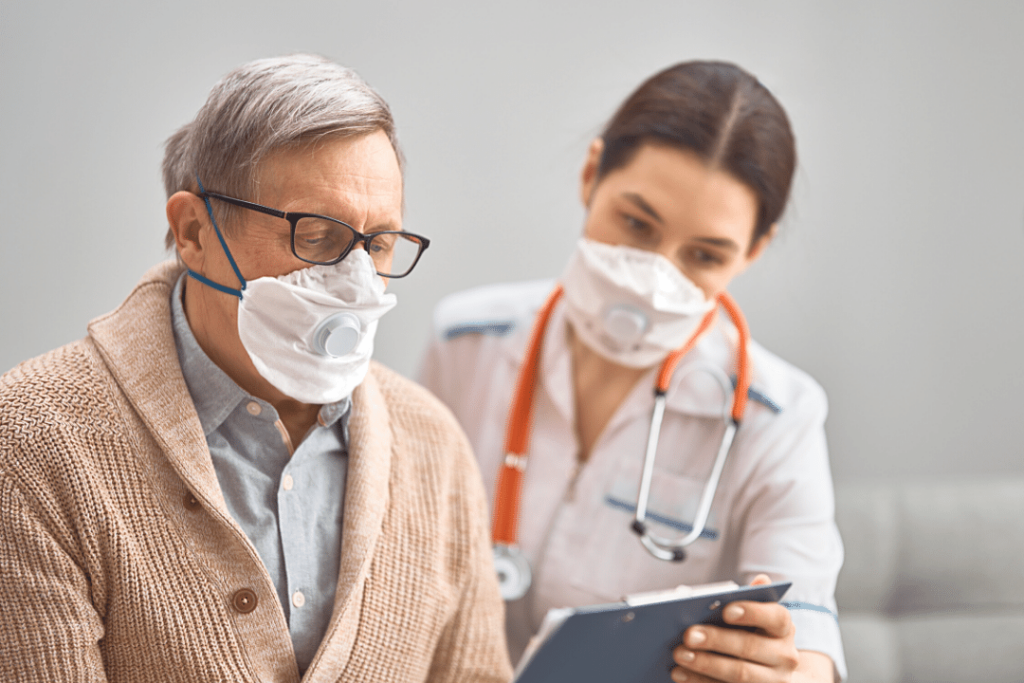With the current pandemic there are a few glimmers of light and hope, however, never before have people had such appreciation for the continued, calm and stable services of the key workers. The doctors and nurses, the porters, domestic staff, workers in clinical laboratories have all kept working to maintain functional healthcare systems despite the changing face of their roles at this time.
Supply chain workers and staff in industries producing and retailing essential supplies like food, medicines, and household items are all still working. There have been no insurmountable shortages or mass panic. Letters are being delivered, the news is being reported, and sick people are being treated.
To these key workers, your contribution is being seen. You are noticed – and appreciated.
Key Workers On The Frontline
It is, of course, tragic that it has taken an emergency on this scale to spark such appreciation. Different countries around the world are demonstrating their support for essential service workers with banners, free food deliveries to hospitals, by organizing regular rounds of applause, and much more. People are beginning to recognize, too, that the people who have kept working throughout this period, those essential, key workers, are often among the lowest paid and undervalued in society – sometimes it takes a crisis to make a change.
In particular, the work of the frontline hospital staff – the doctors, nurses, healthcare assistants – means that they are most likely to be in closest contact with the sickest people. Close contact with people with highly infectious diseases means taking a serious personal risk. Some personal protective equipment (PPE) is available, but it’s impossible to socially distance when a sick person needs help with all their own care, or when it takes two or more people to roll them in bed. A doctor cannot socially distance themselves from a sick person when they are examining them or performing surgery.
Recruitment And Stepping Up
When the front line staff goes to work every day, they don’t know what they’re going to come up against – because no one has ever seen anything quite like this before. As health services and governments tried to anticipate the scale of the pandemic, efforts were made to increase the workforce to meet the expected rise in need for healthcare.
The expectations of a massive rise in the numbers of extremely sick people attending hospital meant that radical action had to be taken. For example, student doctors and nurses in their final years of training graduated early to bring new, fresh members to hospital teams. Retired doctors and nurses who were able to come back to their professions volunteered to return to ensure that there was no shortfall of experienced clinical staff. Non-clinical staff with nursing and medical backgrounds – clinicians who had gone into management or educational positions – were redeployed to bolster numbers onwards, emergency departments, and intensive care units.
Some doctors and nurses have had to make significant changes in their lifestyles to accommodate working through a pandemic – some of those who live with high-risk people have moved out of their homes to protect the vulnerable people in their household. People are isolating themselves from their parents, partners, even their children so they can continue to work among those with this contagious disease without the risk of spreading it to their families. Clinical workers are living in each other’s spare rooms, in hotels, in hospital accommodation to protect their loved ones – an incredible sacrifice. Nurses and doctors are stepping up to fill the gaps in staffing and skill mix when they have vulnerable colleagues to protect, getting the high-risk nurses and doctors away from the front line.
Facing The Risks Head-On
Knowing that this novel coronavirus disproportionately affects older people, retired doctors and nurses are potentially putting themselves at risk because they feel like it’s the right thing to do to support their health services throughout this crisis. There is emerging evidence that ethnic minorities in Europe and America are also disproportionately affected – in a climate where overseas workers represent a huge proportion of the workforce in roles ranging from entry-level to highly skilled in healthcare around the world.
The patient procedures which represent the highest risk of infection to workers are those who produce aerosol through respiratory assistance or intervention. These include patients on respirators, including those on long-term home or overnight mechanical ventilation. Extra PPE is recommended for these sorts of procedures, but the risk remains. Physiotherapists, doctors, and nurses are the members of the clinical team most likely to be around these high-risk aerosol-producing procedures.
Support For Key Workers
With a huge increase in the amount of single-use disposable PPE required when caring for patients with infectious respiratory disease, concerns have been raised about the continued supply of these items. We’ve seen businesses step up on a huge scale to mitigate these problems. Clothing manufacturers, restaurants, bars, all kinds of companies have had to close their doors for the duration of a lockdown or to promote social distancing.
People are stepping up around the world to support the key workers. They are sewing scrubs and masks at home. Local delivery companies and stores are sending care packages into hospitals – for staff and patients alike – to show their appreciation.
It’s incredibly heartening to see this outpouring of love for key workers. All the while, people are continuing to do the hardest, and the most useful thing to support the workers – continuing to socially distance. A sensible, minimal approach to physical contact is the best way to reduce the spread of infection right now, in turn reducing the burden on clinical workers and resources. Everyone is doing their bit; in these uncertain times, everyone is a hero.
